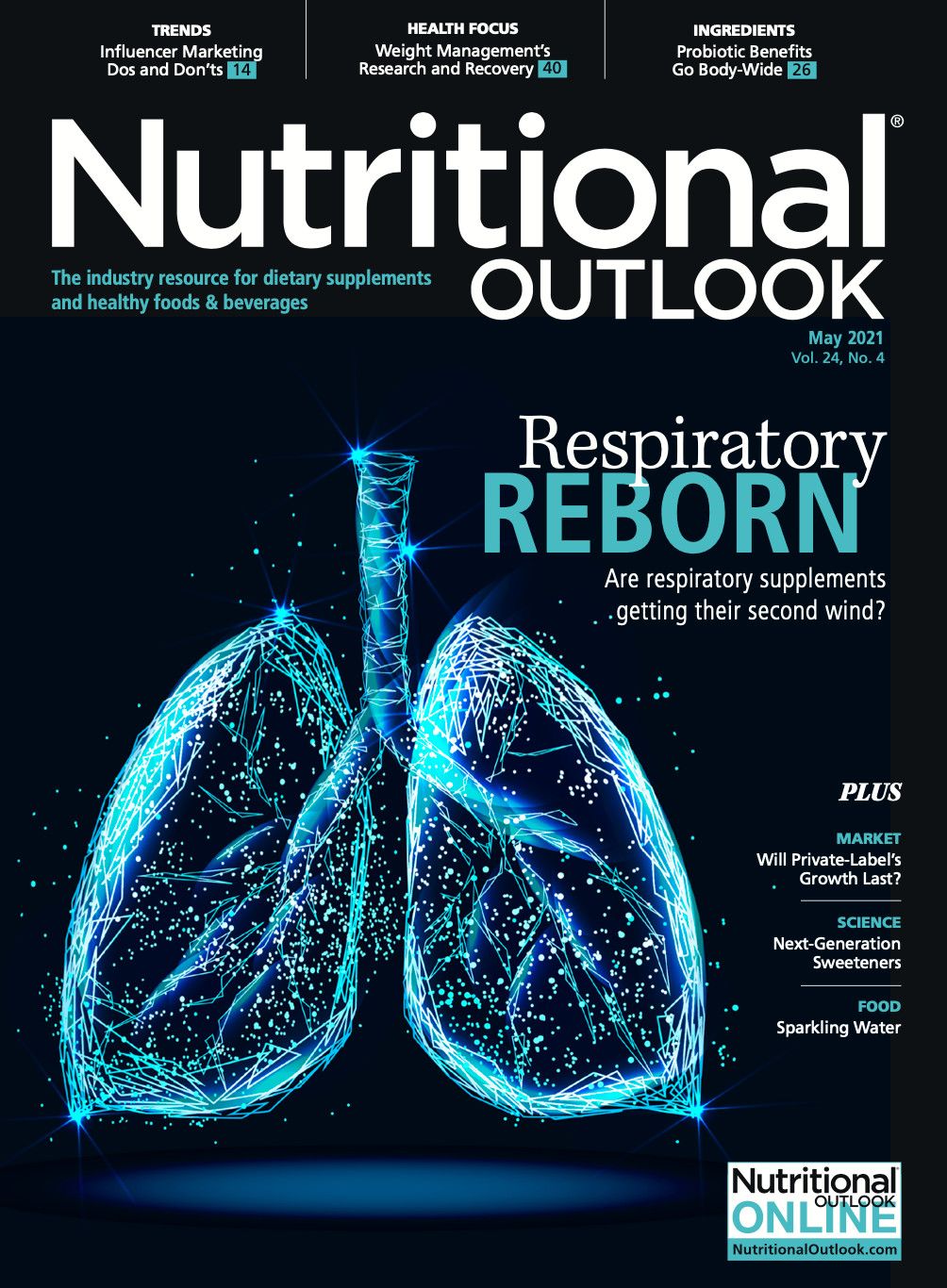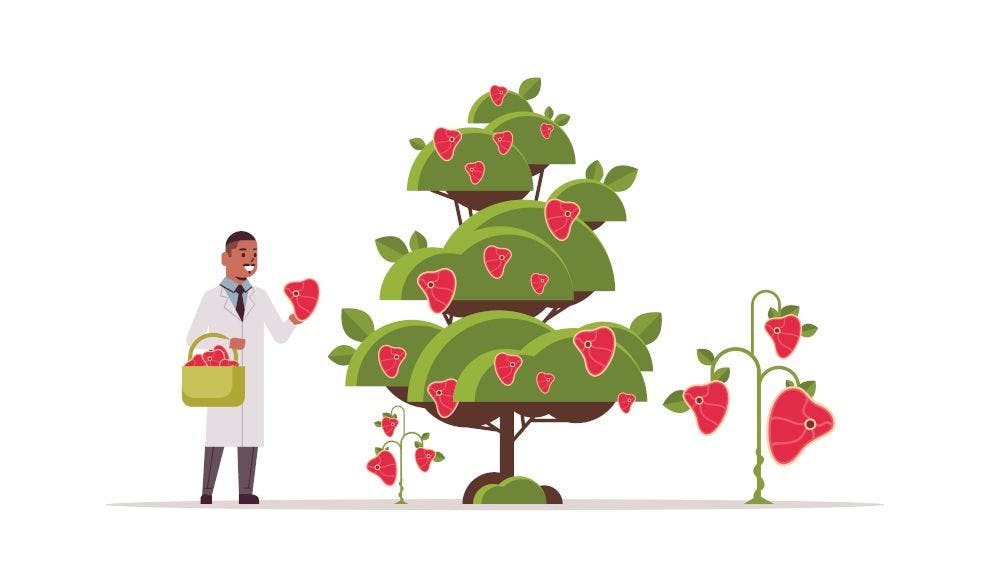Bubbling Up: The sparkling water category is growing, particularly for functional beverage applications
Sparkling water is on the rise, now with a healthy, functional twist.
As summer approaches and the outdoors presents an opportunity to safely mingle with family and friends (in limited numbers, of course), there is one thing we can expect to find in the cooler besides a frosty brew: a refreshing sparkling water (spiked for adults, alcohol-free for kids and teens). Sparkling water, the artist formerly known as Seltzer, has experienced quite the revival in recent years as more and more products hit the market offering unique flavors and lower calories compared to other soft drinks. What’s driving this surge?
“Marketers deserve a lot of the credit for the sparkling water renaissance,” says Ilana Orlofsky, senior marketing manager for beverage developer Imbibe (Niles, IL). “Seltzer was invented, accidentally, in the mid-1700s, and while some brands maintain the original term, marketers realized that the designation of ‘sparkling’ makes nearly anything feel more sophisticated and premium, even though in this case it’s really just semantics,” she explains. Fast-forward to today, and “many brands have positioned themselves as young, fun, inviting, sexy, and ‘Instagrammable.’ These attributes will remain relevant for years to come and continue to contribute to the growth in this category.”
Besides fun and engaging branding, sparkling waters also need enticing flavors that not only scream refreshment but also stir a sense of adventure. According to Orlofsky, based on Imbibe’s proprietary product database, citrus flavors are the most common sparkling water flavor in 2021 so far—but these are not your run-of-the-mill citrus flavors. “They include both sexier/exotic citrus flavors like blood orange, yuzu, and pomelo, and traditional true-to-fruit profiles like grapefruit and lemon/lime/lemonade,” she explains. “We also expect botanicals—which we define as herbs, spices, and floral flavors—to pick up, as they’re still underrepresented in this space, although not all work as well in a carbonated environment.”
Additional unique and refreshing flavors you can spot in the sparkling water category are ginger, basil, and orange blossom—and the list continues to grow. “Other flavors we expect to pick up in water, still and sparkling, are guava, cucumber, lemongrass, and hibiscus,” adds Orlofsky.
Part of sparkling water’s appeal is the healthy halo around water generally, its ability to hydrate, and low sugar and calorie content. Orlofsky explains that while unsweetened products are common in the water segment, in order to deliver the desirable nutritional and sensory profile, natural, non-nutritive sweeteners are important tools for formulators. Imbibe, for example, offers Pre/Sense stevia, a line of flavor maskers called NonSense, and a clean-label ingredient called SweetSense that accentuates the inherent sweetness of non-nutritive sweeteners.
These tools will be particularly important as formulators increasingly choose to fortify their water and create functional beverages. It’s an area ripe for innovation especially because advancements in nutraceutical ingredients allow for a wider range of dosage formats.
“We have seen an increase in inbound inquiries and projects for enhanced or functional water,” says Orlofsky. “We do expect that because there’s such a strong health halo around water, this will become the platform for experimentation with many of the functionals and nutrients that consumers are after.”
The digestive health category, for example, provides a great deal of opportunity as understanding of the gut microbiome increases and more consumers become aware of the many benefits of having a healthy, balanced gut flora.
A variety of innovative functional waters have already come to market fortified with both fiber and probiotics. “For gut health, there’s Hellowater with several fiber-infused SKUs, and Ocean Spray’s B1U line has an ‘I Need Rhythm’ variant with 8 g of corn fiber. The line also has a product fortified with protein, one for immunity, and one for energy,” says Orlofsky. “Karma Water has been a leader in probiotic-rich water and has a line of wellness waters with 110% daily value of seven vitamins. Huzzah, a probiotic seltzer, is a relatively new innovation especially in the non-alcoholic sector for Molson Coors.”
The energy category is also worth looking at as consumers seek healthier ways to get a boost. Natural sources of energy, such as yerba mate, L-theanine, and ginseng, continue to grow in popularity. Caffeine remains popular, and brand owners are recognizing opportunities to provide a healthier delivery vehicle for caffeine. A recent example, Orlofsky notes, is the launch by PepsiCo of Bubly Bounce, a line extension of its Bubly sparkling water, with 35 mg of caffeine.
The functional water market is rich with opportunities. Brand owners can leverage the success of the sparkling water category by building brands and products that evoke the sophistication consumers desire while also providing practical health benefits.

Prinova acquires Aplinova to further increase its footprint in Latin America
April 7th 2025Prinova has recently announced the acquisition of Brazilian ingredients distributor Aplinova, which is a provider of specialty ingredients for a range of market segments that include food, beverage, supplements, and personal care.





















